Kill it before it lays eggs: On the Sony Xperia Z5 Premium's 4K UHD display and why it's useless
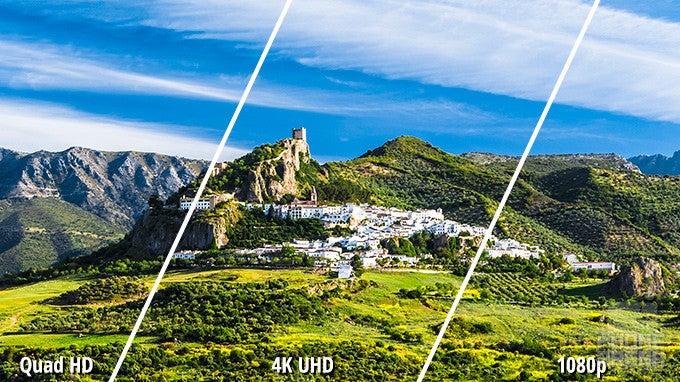
To really drive this point home, we thought we'd take the just ludicrous, 4K UHD (2160 x 3840) pixel screen of the Sony Xperia Z5 Premium, and see if there's any benefit of packing over 800 pixels per every inch in a screen the size of an adolescent boy's hand. And because the very notion of this benefiting you in any way is just so ridiculous, we're not even going to try and keep this intro spoiler-free: There is none (-ish, we'll address this later).
Test parameters
Okay, so you'll probably require some proof beyond us just telling you that we spent a ton of time comparing the image of the Sony Xperia Z5 Premium next to that of the LG G4 (5.5 inches, 1440 x 2560 pixels, or 538 ppi) and the OnePlus 2 (5.5 inches, 1080 x 1920 pixels, or 401 ppi), and so we went ahead and got some. Before we start, a few disclaimers, though.
First off, the Sony Xperia Z5 Premium's 4K UHD screen is only a 4K UHD screen when you're inside the built-in photo gallery and video players. Outside of these, the image is 1080 x 1920 pixels upscaled to 4K UHD, so unless you're checking out your camera roll or watching a video (with the built-in video player), the rest of the time you're getting a less detailed image than you would with a Quad HD (1440 x 2560) smartphone such as the LG G4. That's a pretty important consideration that we'll address in the conclusion.
Secondly, we used several of Sony's own, extremely high-res (2160 x 3840 to be exact) images that come pre-loaded on the Xperia Z5 Premium, supposedly for you to marvel at on the 4K UHD display. To capture what we see, we used a 20.2-megapixel Canon 6D DSLR with a Canon EF 100mm, f/2.8 Macro USM Lens. After having to deal with a ton of technical bottlenecks, we settled on just one test scenario:
- a ~4-inch (10 cm) close-up, or the minimum focus distance, in order to show some improvement in detail
When viewing these, remember that what we're looking at today is solely detail, and not color reproduction or any such. We simply want to know whether a 4K UHD screen provides practical benefits in terms of detail depth in comparison to the conventional Quad HD and 1080p panels of the day, so try and don't get distracted by factors such as white balance and so on.
Finally, and this is by far the most important part, there's no fool-proof way for you to experience the actual images offered by these two resolutions. That's true for a number of reasons. For example, the display you're viewing through is unlikely to be a 4K UHD panel, so there's some loss in clarity as your (likely) 1080p screen tries to render a 4K UHD image. Also, due to limitations to our site's layout, there's simply no way for us to show you full-resolution samples. Even on video, we'd be making quite a few sacrifices, including the fact that YouTube (even in 4K UHD) butchers the bit rate of the footage to reduce size. In conclusion, we chose to go with the extreme crops below, which have been pulled out to show you some improvement in detail, and are absolutely limited to just that. In reality, even if you go for some pixel peeping, you won't have the magnification seen with these crops to appreciate the extra detail offered by a 4K UHD panel.
4K vs 1440p (QHD) vs 1080p

While it's likely that you'd be able to tell the 1080p screen of the OnePlus 2 apart from the higher res ones of the two competing devices seen above, even at magnification as big as here, you might struggle telling the Quad HD display of the LG G4 from that of the Xperia Z5 Premium. Make a guess if you want, for we didn't label the above crops on purpose.
For those curious, the line-up goes like this (left to right): LG G4 (1440p), Xperia Z5 Premium (4K UHD), and OnePlus 2 (1080p). If you picked the G4, that's understandable—its screen is actually a bit overly sharpened. No more games, though, here are a few additional crop pulls that aim to exemplify the kind of improvement in detail you can expect (and that we were able to get with the gear we had on hand) if you have a bionic eye:

Original image

100% crop, 1440p vs 4K UHD vs 1080p

Original image

100% crop, 1440p vs 4K UHD vs 1080p

Original image

100% crop, 1440p vs 4K UHD vs 1080p
We could go on like this for quite a while, but we consider this to be a sufficient demonstration. In fact, due to moiré introduced by our own camera, this particular comparison benefits the Xperia Z5 Premium unfairly. Not all of what you see is the result of inferior resolution—some of it is caused by our camera's inability to resolve detail that fine. In any case, this little comparison should put an end to what is a ridiculous topic anyway: For 99.99% of the population, a 4K UHD display on your smartphone does little good.
For the sake of objectivity, we'll mention that one profound reason to want a 4K UHD display is virtual reality (VR), which has been trending lately, but is still an incredibly rare use case scenario. Besides, even if you were the nuttiest VR fan out there, you'd still find little use in the Z5 Premium, as the screen goes into 4K UHD mode only when viewing Sony's Album and Video apps. Were you to use a dedicated VR app or game, you wouldn't benefit, unless Sony allows developers to manually flip a switch. In fact, you'd be in a worse place than if you had a Quad HD phone, which is a Quad HD phone at all times.
Conclusion
One of the most common responses we get when we publish pieces like this one is anecdotal: "Remember when everybody used to laugh at the supposedly non-existent gains in detail from 720p to 1080p?". Well, the fact is that, due to the aforementioned law of diminishing returns, the 720p to 1080p jump was still within the limits of sensible. Consequently, the move from 1080p to 1440p (Quad HD) made sense only when talking really, really large (say 6 inches) displays, and even then the trade-off in battery and processing overhead is considerable enough for you to want to think hard. But from Quad HD to 4K UHD? It's simply nonsensical. You can't see the difference in the real world and it benefits user experience in no way.
No, scratch that, a 4K UHD screen on a smartphone is actually detrimental to the user experience, especially if we get to a point where it's always-on. System performance will take a massive hit, and so will battery life—already exemplified by our Xperia Z5 Premium battery test, which put it on equal footing with the 1080p Xperia Z5, despite having a battery with 530 mAh extra. Clearly, the screen is drawing a lot of power, even if it only upscales content (our battery test is entirely rendered in 1080p). Even worse yet, if you're really after high resolution, you're actually better off with a Quad HD smartphone, as you'll benefit from the slight increase in sharpness over a 1080p panel at all times instead of just when viewing photos and video.
In conclusion, while there's nothing wrong with technological advancements and makers experimenting with newer and newer tech, it's important to keep in mind that newer isn't always better. Fundamental limits exist, and at the end of the day, we ought to be asking ourselves if more really is more. And in this case, we're pretty confident that it isn't.


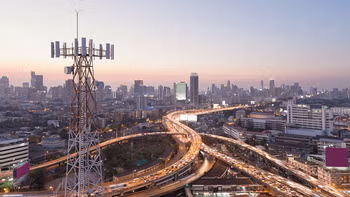






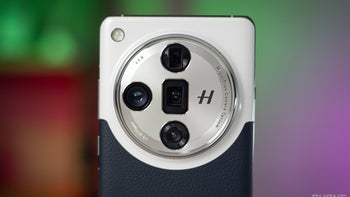
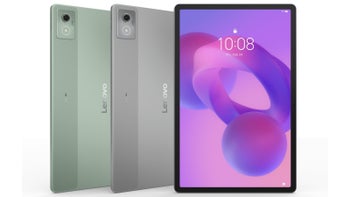
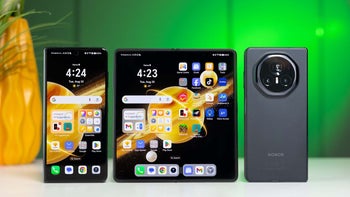

Things that are NOT allowed: